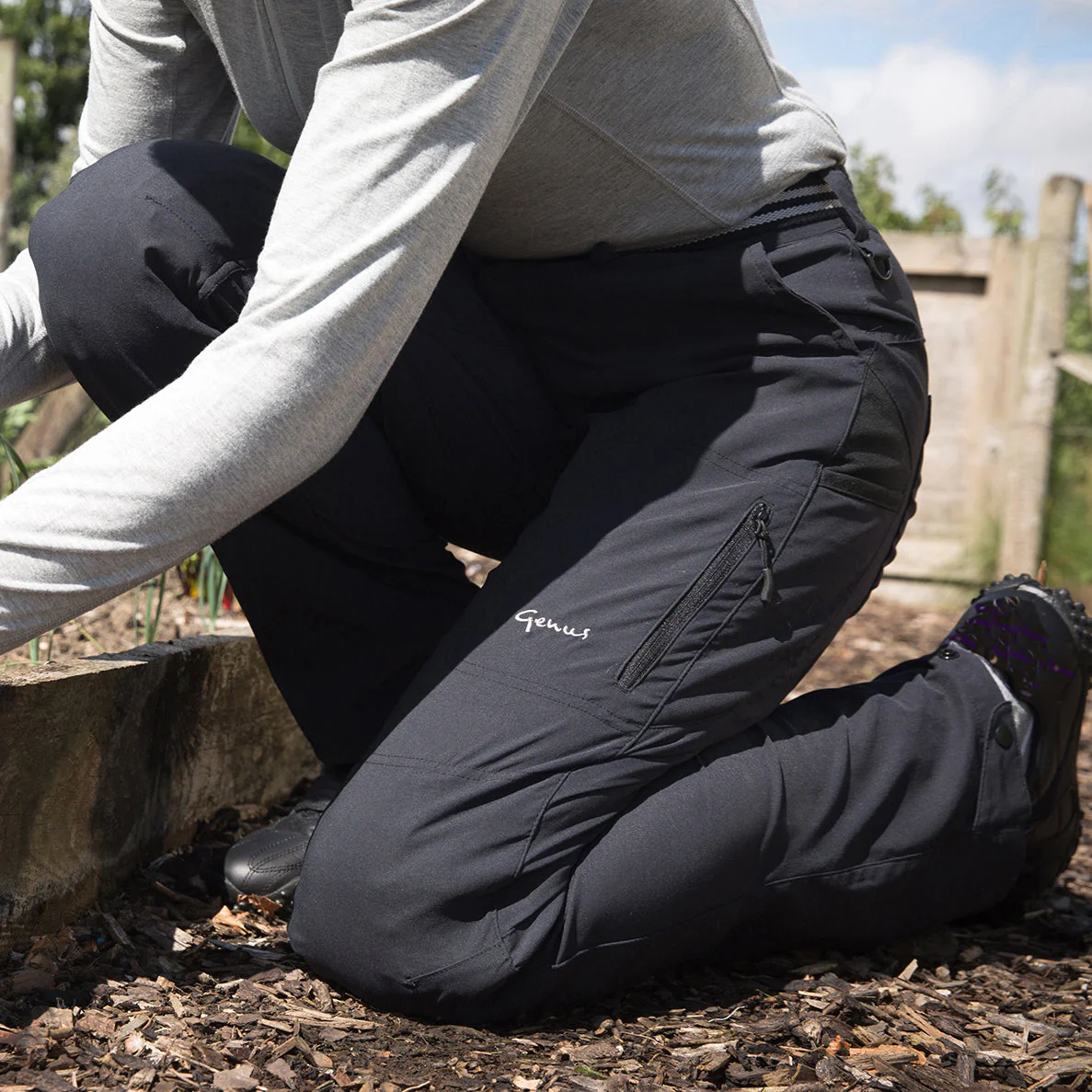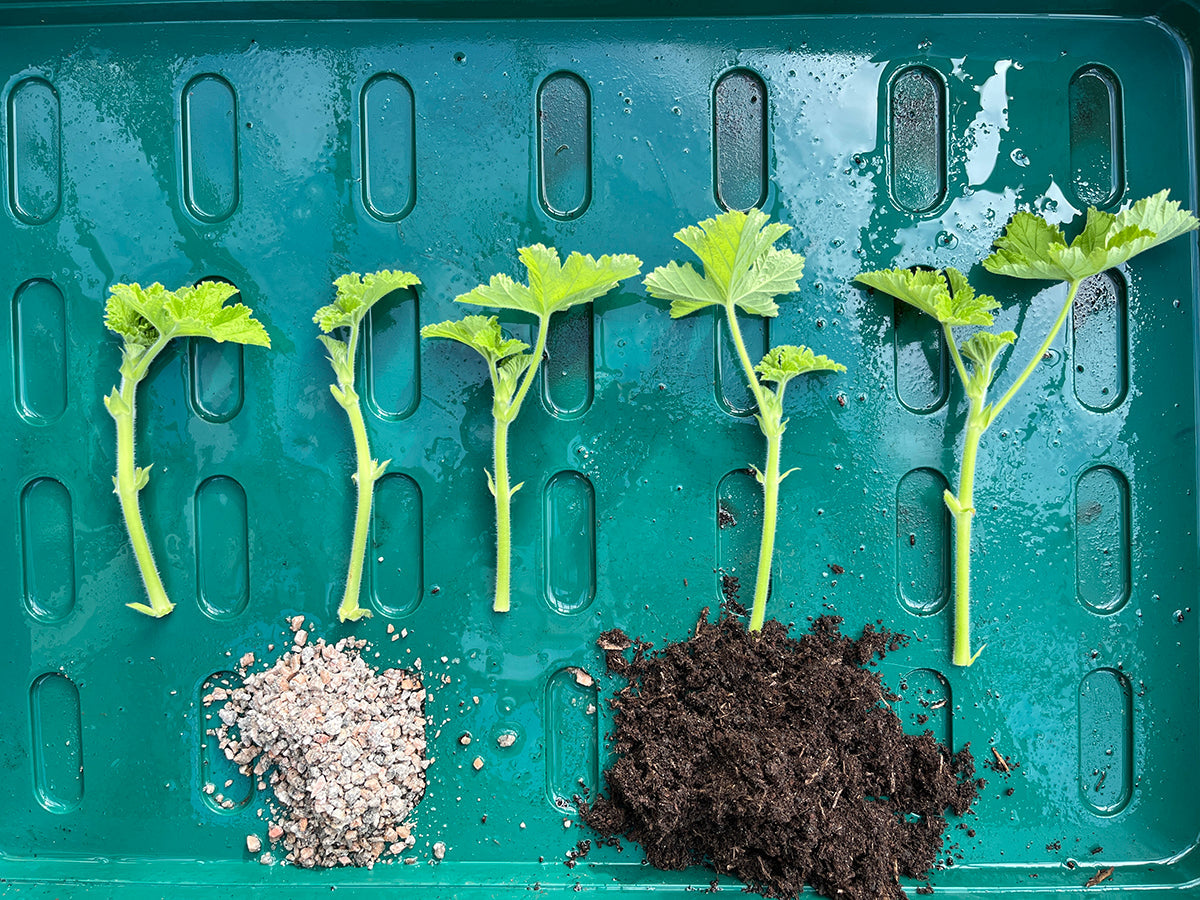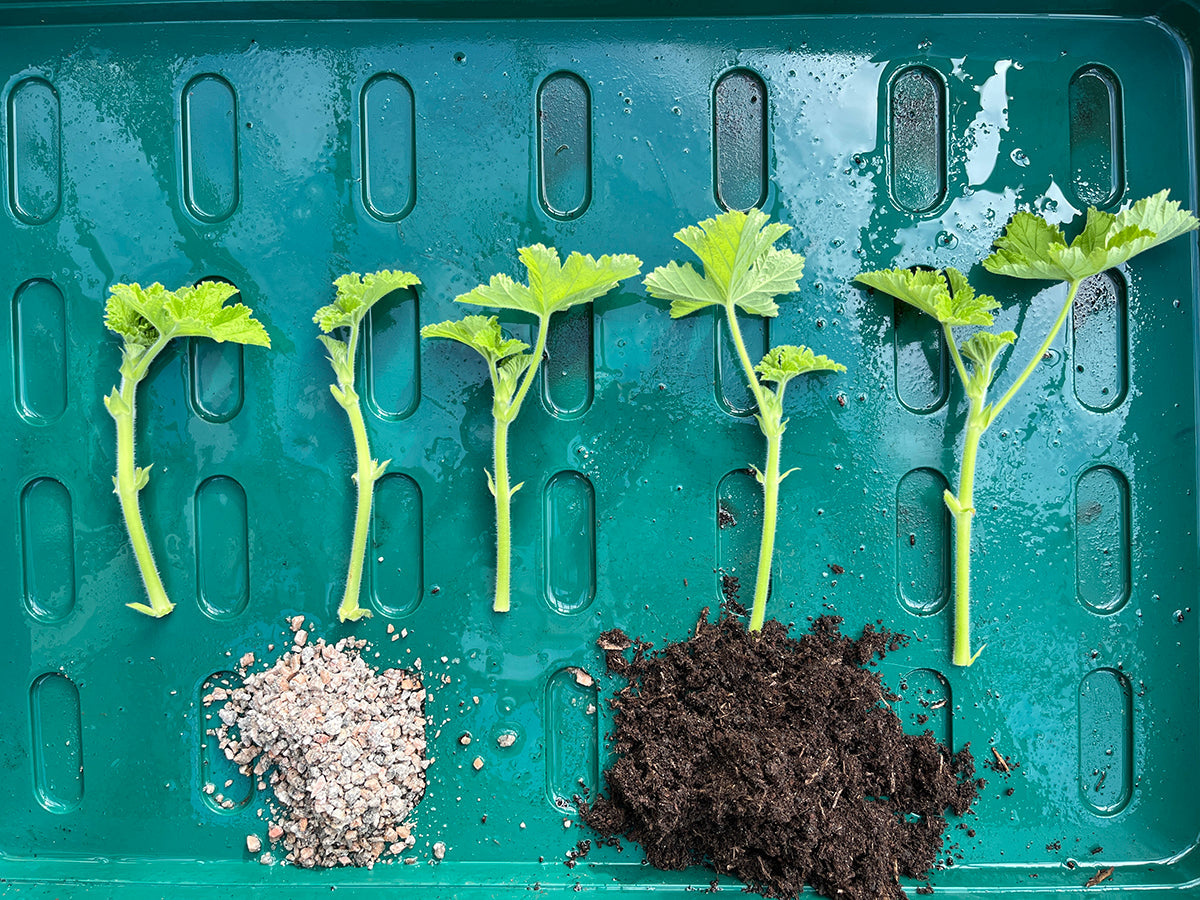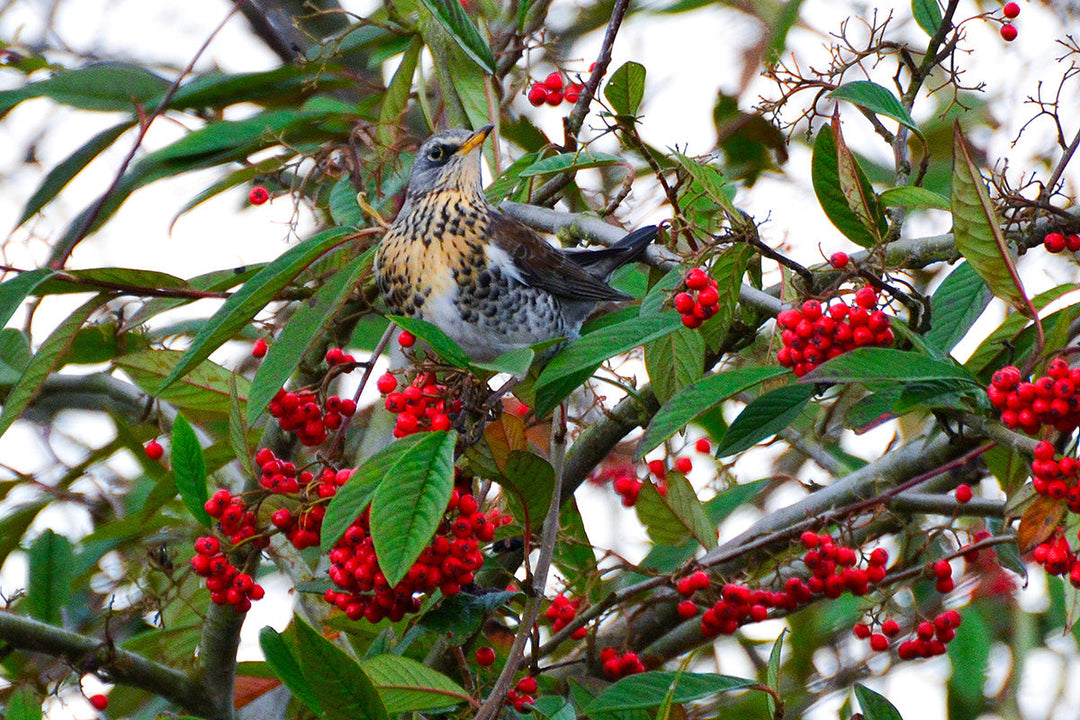Garden trends- stepping stones
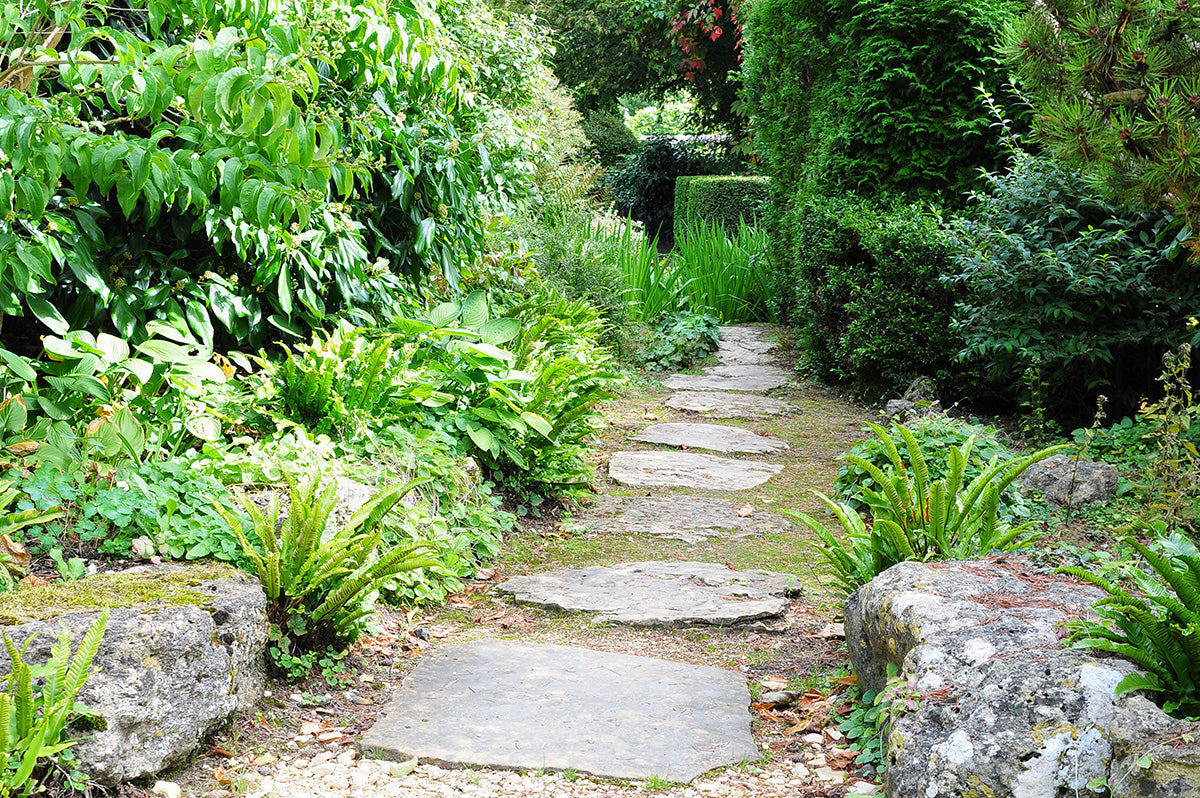
A solid path, or stepping stones in gravel or grass, is making way for something more interesting - stepping stones created with gorgeous ground cover plants. This softens the look of a path and creates a greener effect.
There’s a lovely range of low-growing, spreading perennials that can effectively fill the spaces between stepping stones. Think about how tough the plants need to be and how much traffic they’ll get, as well as how tall they’ll grow – you’ll ideally want them to hug the ground rather than have flowers you’ll need to step over.
The kind of soil and amount of sun and moisture they’ll receive is key. For a sunny spot with well-drained soils, creeping thymes, (Thymus serpyllum) and woolly thyme, (Thymus pseudolanuginosus) will spread neatly, smell aromatic when stepped on,and have a mass of tiny pink flowers in the summer. Short creeping sedum will also form a neat mat and have pretty flowers in the summer.
For areas with part shade, Irish moss (Sagina subulata) forms a uniform bright green carpet, a little like moss, and is sprinkled with the tiniest white flowers in the summer. Blue star creeper (Pratia pedunculata) with neat low-growing foliage and tiny star-shaped blue flowers is another excellent creeping ground-cover that likes part shade but copes with sun if the soil doesn’t dry out. Native viola varieties such as V. hederacea is another attractive low-growing spreader with a mass of tiny flowers in spring and summer.
For shade, mind-your-own-business (Soleirolia soleiroli) will spread about vigorously if it has enough moisture. Dwarf mondo grass (Ophiopogon japonicus) looks fabulous when planted on mass. Sweet woodruff (Gallium odoratum) spreads easily and is a little taller than some of the other options, but works well in a woodland setting where it’s contained. Ajuga creates a matt of dark purple foliage with tiny spires of blue flowers in the spring.
After choosing your plants, you’ll need to decide if you’d like a uniform look of one type of perennial or a variety of plants to create a tapestry, moving from one large drift to another.


